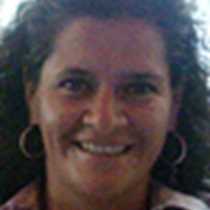New Year’s Day brings us to James, San Salvador, or Santiago Island—different names given to this same island in different times and by different people. This place was well known by whalers, buccaneers, and pirates because it has fresh water and giant tortoises, both very valuable for the Galapagos visitors of the 1700’s and 1800’s.
We started the day by kayaking and walking along the coast and beach of Espumilla. We could clearly see the many sea turtle tracks from the nesting last night—it seems it was pretty busy. Espumilla, a beautiful red beach surrounded by mangroves, has become a major nesting site. We spotted a Galapagos hawk, the Galapagos mockingbird, the Galapagos doves, and some ground finches.
The fourth largest island of the archipelago is interesting. It’s the island in which Charles Darwin spent the most time, nine days total, and so many of his observations were made here. The island is also one of Lindblad’s adopted islands, so of the programs that we support have taken place on Santiago. This was the island where goats were eradicated 100%.
We traveled to Puerto Egas in the afternoon, where the lava tubes at the end of the hike are home for the fur seals, endemic to the Galapagos. Many shore birds and marine iguanas were found as we did the hike along the coast. The diversity of ecosystems is overwhelming. Not one day has been the same during this fascinating expedition!







